Suseongmot Lake Resort (수성못 유원지)
3.9Km 2024-12-24
35-5 Yonghak-ro, Suseong-gu, Daegu
+82-53-666-2863
Suseongmot Lake Resort is located at the foot of the northwest side of Yongjibong Peak (altitude 629 meters) in Beommul-dong and offers outstanding scenery including gently sloping mountains along with Suseongmot Lake. The resort is centered around Suseongmot Lake, established in 1925 with 700,000 pondage in a circumference of 2,020 meters. The total area of the park is 218,000 ㎡.
Suseongmot Lake is an artificial lake created in 1925 during the Japanese colonial period to supply water for agriculture to rural areas. Today, it is no longer used for agricultural purposes, but has been turned into a resting area. Nearby the lake is Suseong Land which houses benches, walking paths, a ferry dock, and entertainment facilities such as a Viking ship, bumper cars, and merry-go-round. In addition, visitors can enjoy a duck boat ride, view of Dusanpokpo Falls and other exciting places perfect for excursions. The lake has a music fountain that operates four times a day from May to October.
◎ Travel information to meet Hallyu’s charm - TV series"Hyde Jekyll, Me"
Suseongmot Lake Resort, where Ha-na prepares to send Robin off, is one of the most popular hangouts in Daegu. It is particularly beautiful at night, when the lake and the fountain shows are illuminated by the lights of the city.
Homeplus Stores - Naedang Branch [Tax Refund Shop] (홈플러스스토어즈 내당)
3.9Km 2024-04-22
1821, Dalgubeol-daero, Seo-gu, Daegu
-
Korean Traditional Culture Center (한국전통문화체험관)
3.9Km 2025-09-10
13-5 Dalgubeol-daero 527-gil, Suseong-gu, Daegu
+82-53-666-4930
Momyeongjae is an ancestral shrine built by the Dureung Doo clan to honor Doo Sa-chung, who had joined the Ming Dynasty's reinforcement troops during the Imjinwaeran (Japanese invasion of Korea, 1592) and later became naturalized in Joseon Dynasty. The name 'Momyeongjae' means 'longing for the Ming Dynasty,' expressing Doo Sa-chung's affection for his home country.
Doo Sa-chung, who was from Duling, China, went to Joseon under the command of General Li Rusong from the Ming Dynasty. Doo Sa-chung took the position titled Suryuk Jihoek Jusa and was responsible for selecting locations to establish a stronghold in consideration of the terrain. As a senior adviser to Li Rusong, he closely discussed strategies and tactics with the Joseon army as well.
When the war was over, Doo Sa-chung returned to China but went to Joseon again during the Jeongyujaeran (Japanese invasion of Korea, 1597). He brought his two sons -- Doo San and Doo Il-geon -- along with his brother-in-law, Admiral Chen Lin. When the war was over, Doo Sa-chung and his two sons naturalized in Joseon. The government of Joseon granted him land, which is the current Gyeongsang Gamyeong Park area.
When the Gyeongsang Gamyeong (Gyeongsang provincial office) was relocated to this area, Doo Sa-chung offered his land to the government and moved to Gyesan-dong.
Longing for his wife and brothers he had left in China, he moved again to a village near Daedeoksan Mountain (then Choejeongsan Mountain) and named the area Daemyeong-dong (meaning the Great Ming). He built a platform and on the first day of every month, he would bow in the direction of the Forbidden City in China, where the Emperor of the Ming Dynasty resided.
Momyeongjae is built on a rectangular plot and faces south. It features a hip-and-gable roof with double-layer eaves and has four rooms in the front and two rooms on the side. The daecheongmaru (wooden floor hall) has two ondol (floor heated) rooms on each of its side, with a half-sized bay at the front. Momyeongjae exemplifies the early 20th-century ancestral shrine style commonly found in the Daegu area.
The building was originally constructed in 1912 when Doo Sa-chung’s descendants moved wooden materials from the dismantled Gyeongsangaeksa (local government building) and used them to build Momyeongjae in front of Doo Sa-chung's tomb. The shrine was later renovated in 1966 as it was in poor condition.
Momyeongjae is one of the first destinations visited by Chinese tourists in Daegu. It was recently renovated as part of a redevelopment project. The Korean Traditional Culture Center opened nearby, where visitors can experience tea ceremonies, hanbok (traditional Korean clothing), archery, and cooking dishes based on Donguibogam, a traditional Korean medical encyclopedia. Joining a program at the center will be a valuable experience.
Daegu Apsan Park (대구앞산공원)
4.0Km 2024-03-15
574-87 Apsansunhwan-ro, Nam-gu, Daegu
+82-53-803-7420
Daegu Apsan Park, as its name suggests, is a mountain park located in front of Daegu. It is a natural park where visitors can take a cable car to the summit observation deck and enjoy a panoramic view of the cityscape below. The park features numerous valleys, springs, as well as landmarks such as the Nakdong River Victory Memorial Hall, Chunghontap tower, youth training center, archery range, riding facilities, children's playground, library, museum, and botanical garden.
Anjirang Gopchang Alley (안지랑 곱창골목)
4.0Km 2023-11-17
67 Anjirang-ro 16-gil, Nam-gu, Daegu
+82-10-5161-4511
Anjirang Market, located halfway between Anjirang Five-way Intersection and Anjiranggol-ro Street, is now more widely known for the alley filled with restaurants serving marinated gopchang (intestines). The area started with Chungbuk Restaurant opening in 1979 and expanded until the end of the IMF crisis in 1998. Locals enjoy coming to the area because of the affordable prices. Recently, the area is also trying to draw in a younger demographic by targeting the younger population. In 2012, Anjirang Gopchang Alley was selected as one of the top five food themed streets in the nation by the Ministry of Culture, Sports and Tourism.
Gugongtan Makchang (구공탄막창 본점)
4.0Km 2023-11-13
308 Gukchaebosang-ro, Seo-gu, Daegu
Gugongtan Makchang is famous in the area for their chewy tripe, served pre-grilled and ready to cook. The tripe plumps up and gets tender after cooking over the fire and goes great as is or dipped in sauce and eaten with a leaf wrap. The mushroom doenjangjjigae is also something not to be missed.
Suseong Artpia (수성아트피아)
4.0Km 2025-01-13
180, Muhak-ro, Suseong-gu, Daegu
+82-53-668-1800
Suseong Artpia, opened in May 2007, is a major art center in Daegu. It has specialized, independent spaces for housing performances, exhibitions, and art camps. The art center’s facade was designed to resemble a crane flying away with its wings stretched out in order to promote the image of Muhaksan Mountain (named as such because its shape is reminiscent of a flying crane or hak), the mountain on which the center is located. When viewed from the sides however, the center is shaped like a ship, as it was once the site of a large pond. With such an impressive exterior further highlighted by impressive lighting at night, water fountains, and landscaping, Suseong Artpia has become a rising attraction of Daegu. The center is equipped with a mega concert hall that can accommodate diverse genres of performing arts such as an opera, musical, ballet, theater, dance, music concert, and more.
Suseong International Biennale (수성국제비엔날레)
4.0Km 2024-10-14
180 Muhak-ro, Suseong-gu, Daegu
+82-53-668-1541
The Suseong International Biennale, themed "Relational Fields" takes place in Suseong-gu, Daegu. The biennale highlights the harmony between architecture, urbanism, and nature of Suseong-gu, celebrating the district's distinct characters. During the exhibition period, visitors can explore the architectural works of renowned architects worldwide.
Donbaksa Gopchang Makchang (돈박사곱창막창)
4.1Km 2024-04-01
79-1 Daemyeong-ro 36-gil, Nam-gu, Daegu
This is a famous tripe restaurant located on Anjirang Gopchang Alley, a famous grilled tripe alley in Daegu. The representative menu is a large bowl of grilled pork small intestines. Since diners can taste assorted grilled meat cuts, including grilled pork small intestines, grilled pork tripe, and grilled pork heart, people normally order this menu first. The best way is to try the assorted cuts first and then order additional servings of what tasted the best. Meanwhile, Apsan Mountain and Apsan Cable Car Entrance are nearby, so it is good to stop by on the way.
Daegu Duryu Park (대구두류공원)
4.1Km 2023-01-05
161, Duryugongwon-ro, Dalseo-gu, Daegu
+82-53-803-7481
Daegu Duryu Park was built near Duryusan and Geumbongsan mountains in 1977. The park encompasses the area of Duryusan Mountain including E-World all the way to Geumbongsan Mountain behind Daegu Culture and Arts Center. The name Duryusan came from the fact that the mountain is spread out in a circular form. The total size of the park is approximately 1.7 million ㎡ at a x_height of 135 meters above sea level. Various statues and memorials including 2ㆍ28 Memorial Tower that commemorates the high school students who started the 4ㆍ19 Revolution, as well as a statue of Yi Sang-hwa and more can be found along the Duryu Park circular road. After the opening on October 1977, the park added a soccer field, a baseball field and other recreational facilities as well as private libraries that provide convenience to the citizens.
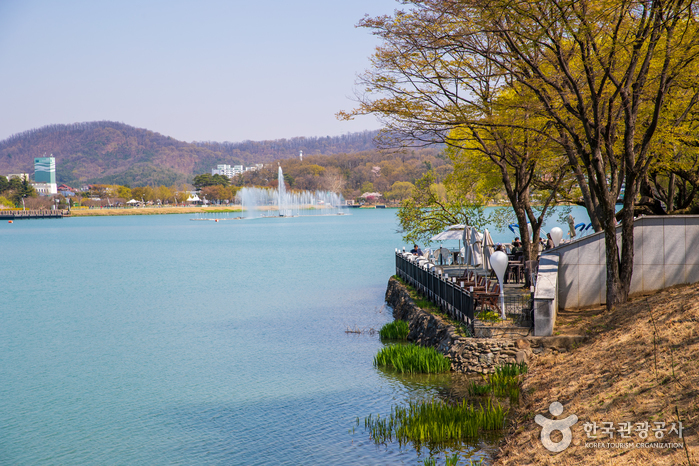
![Homeplus Stores - Naedang Branch [Tax Refund Shop] (홈플러스스토어즈 내당)](http://tong.visitkorea.or.kr/cms/resource/36/2883936_image2_1.jpg)
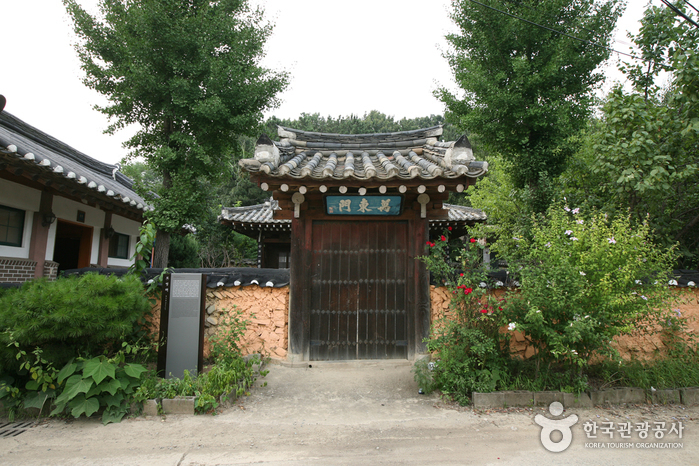
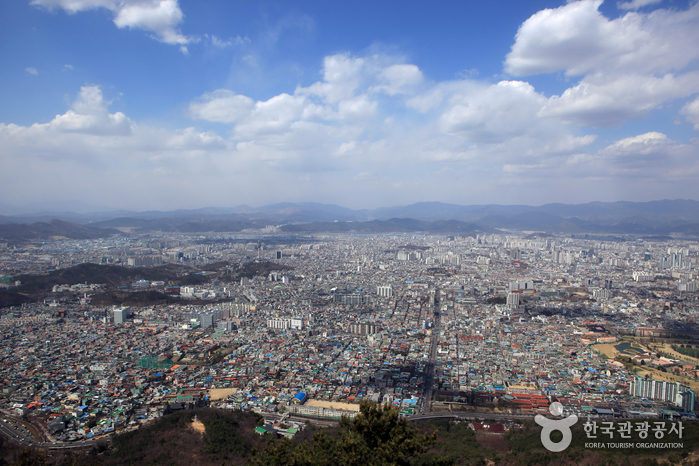
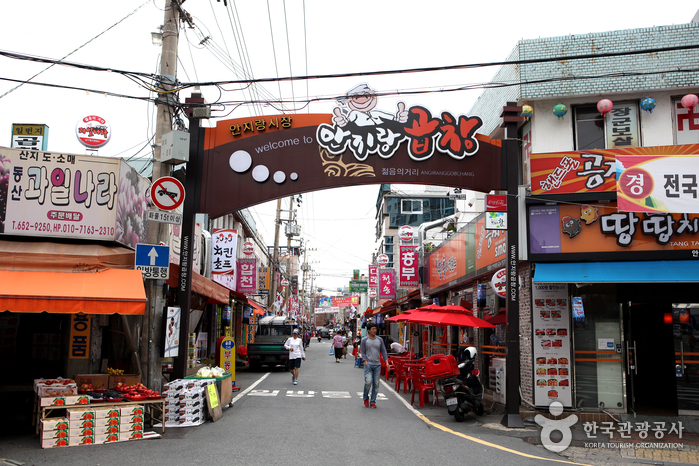

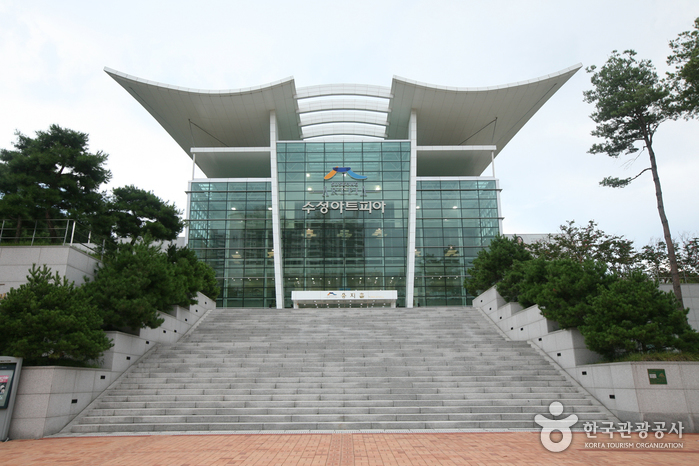
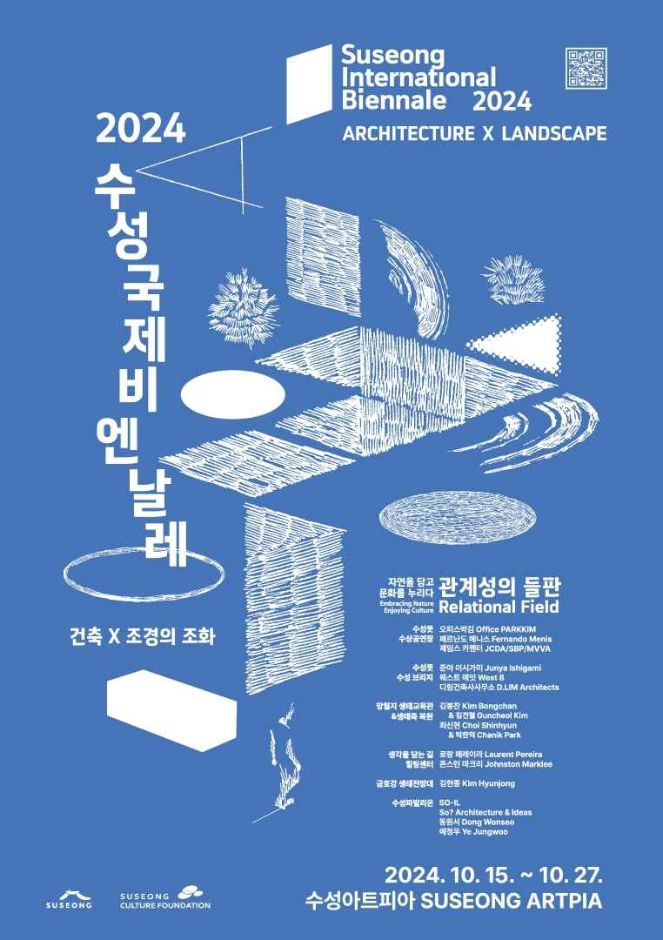
 English
English
 한국어
한국어 日本語
日本語 中文(简体)
中文(简体) Deutsch
Deutsch Français
Français Español
Español Русский
Русский